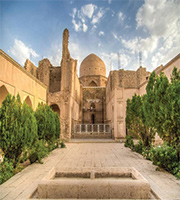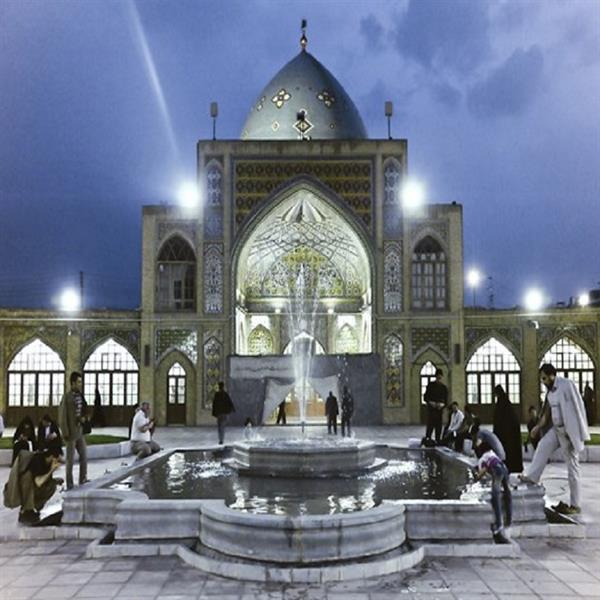Zanjan
A city that is located in a mountainous area with the height of 1663m above the sea level and also the city have a moderate summer and a cold winter which is called Zanjan. It consists of three parts naming “Zanjanrod“, ”Ghare Poshtlo” and “Markazi“, three cities and 12 rural districts. Uneven lands of this city are divided into north mountains and south mountains. This town is the biggest and most important city in its province and as well as one valuable city, according to its position on the Iran–Europe transit way and being a connecting point among central parts, the west and northwest of Iran.

Description
Archeological excavations have founded traces of Paleolithic cave settlers in the area. According to some accounts and based on traces of Sassanid Fire Temples scattered around the city, the city is one of the cities founded by Sassanid King Ardashir first.
Due to its strategic location on the trade route from Rey to Azerbaijan, the historical Zanjan city has always enjoyed prominence. Local people speak in Turki (Azarbaijani) with Zanjani dialect and Persian words are commonplace in ordinary people's conversations, as well as they speak Persian in public places like offices, schools, etc. Also they are Shia followers.
History
Hamdollah Mostowfi, the Iranian traveler and historian, in his book claims that this city was built by Ardashir I, the first king of the Sassanid Empire and named as "Shahin". One important moment in the history of the city was in 1851 when the city became a center for the suppressed Babi religious movement, along with Neyriz and a fortress known as Shaykh Tabarsi. The forces of the central government captured the Babi fort in the city after a long siege on the orders of Grand Vizir (Prime Minister of Iran) Amir Kabir and killed or expelled the Bab's followers. According to Bosworth, who quotes Hamdollah Mostowfi, the inhabitants during the Ilkhanid era spoke "pure Pahlawi", a Median or northern form of Persian.
Attractions
The city is rich in history. Some of the city’s famous sites include a traditional bazaar, a Jame Mosque, Mullah Hassan Kashi Mausoleum and the Wash House. About 32 km southeast of the city is the town of Soltaniyeh, once the capital of Il-Khanid (a Mongol dynasty) Iran. It was founded in the early 14th century largely by oljeitü (1304–16). As well as the city has several natural attractions most notably Sharshar Waterfall, Kataleh Khor or Katalehkhor Cave, Jinn’s Chimney, Mahneshan Colored Mountains and Garmab Thermal Spring. There is a ski resort named Papayi close to the city which accommodates 500 skiers every year. Also, this city is now the centre of an agricultural area with abundant harvests of grain. On the other hand, handicrafts such as knife making, Glim bafi, Jajim bafi, Charogh dozi, pottery, filigree, carpet weaving, metalworking, coppersmith, handwoven cloth, silversmith, local music and theater, custom, other cultural and artistic properties.

